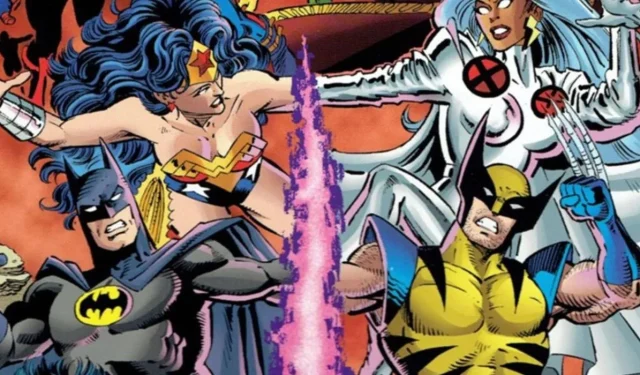
Since the inception of comic books, Marvel and DC Comics have emerged as the preeminent forces in the industry, aptly dubbed the “Big Two.”Each of these publishing giants has played a pivotal role in crafting the comic book landscape that enthusiasts cherish today. Their individual contributions have varied significantly, introducing transformative ideas and innovations during key periods in comic book history.
Influence of Marvel & DC in Comics History
In a 2008 interview with Comics Interview (as reported by Reddit), the renowned writer and artist Howard Chaykin remarked on the distinct legacies of Marvel and DC: “Marvel revolutionized comics in the ’60s, and DC made them sophisticated in the ’80s.” This succinctly captures the essence of each company’s impact throughout various phases in comic book development.
The Marvel Age: A Revolutionary Shift in the 1960s
Iconic Character Creations
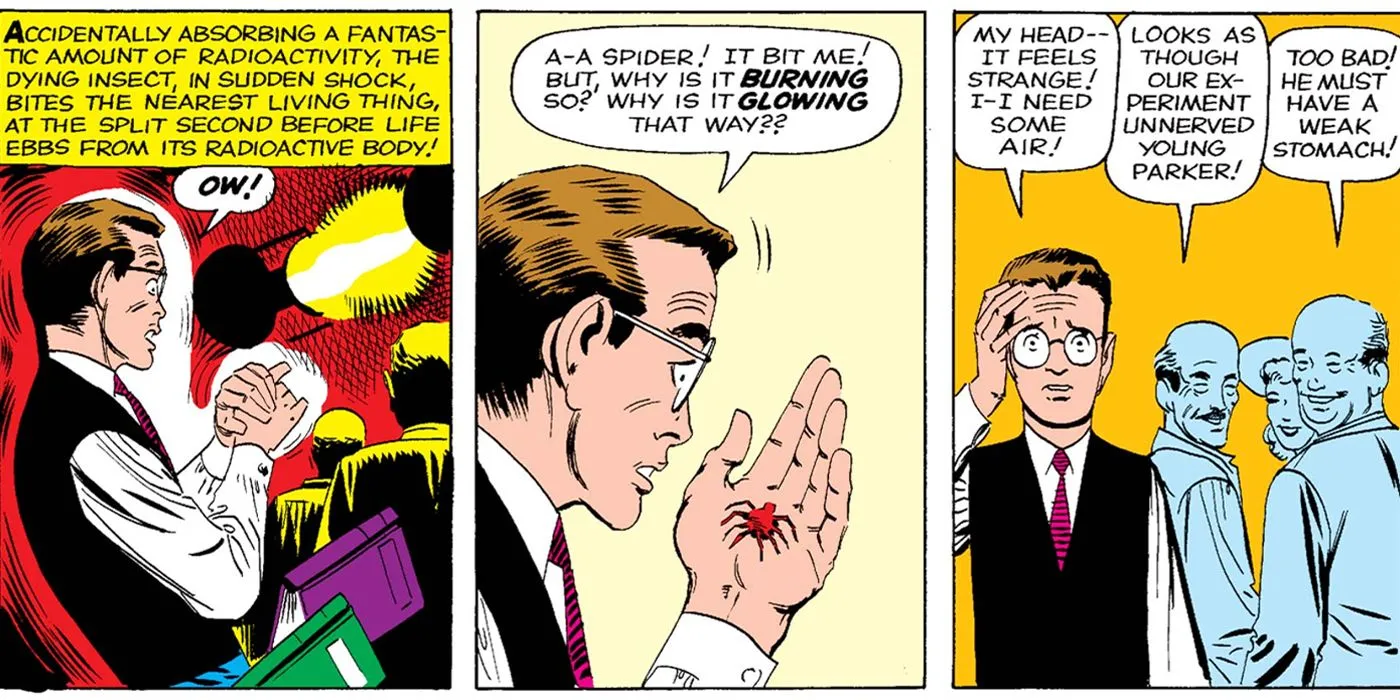
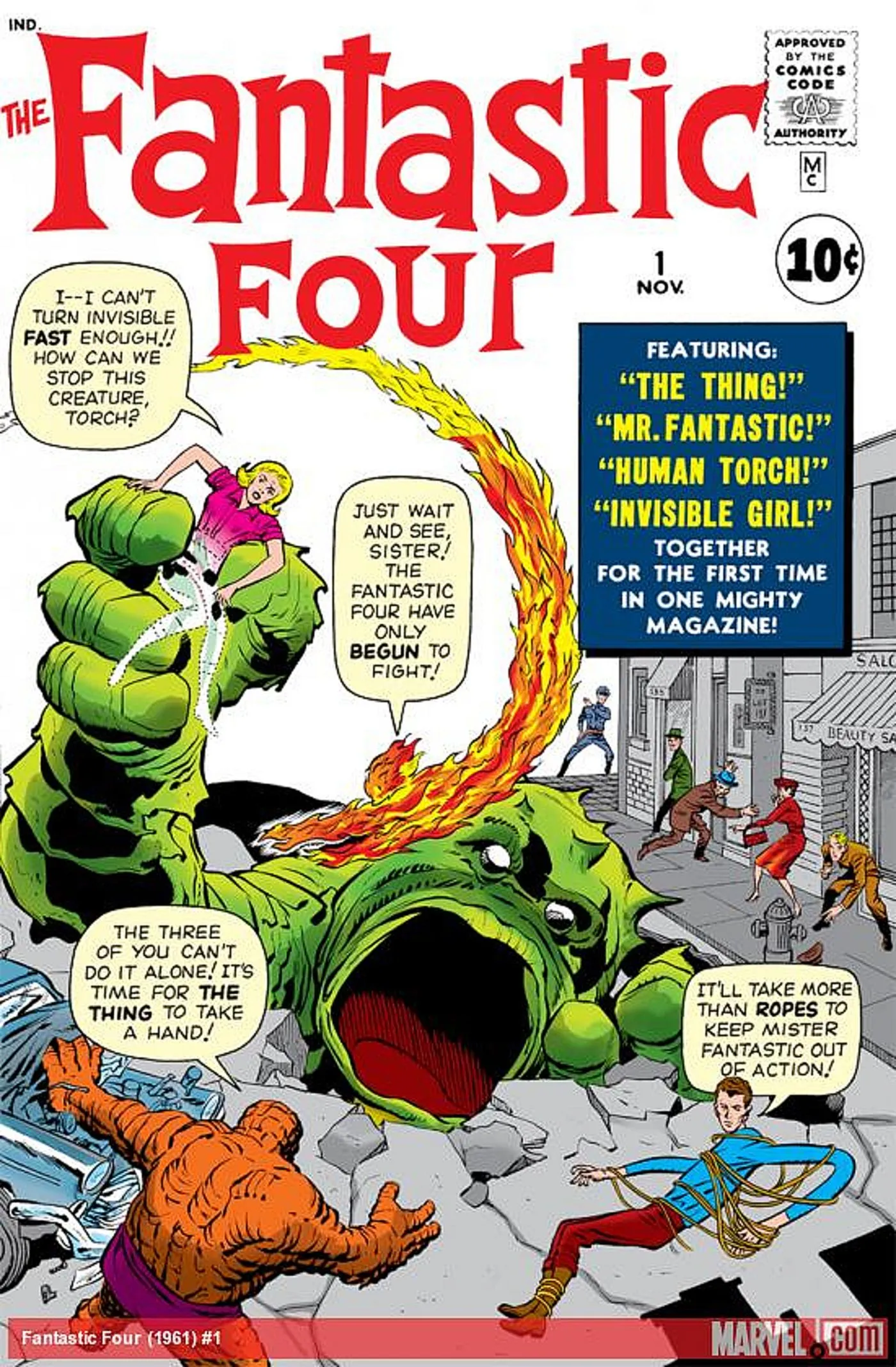
While DC Comics, originally known as National Allied Publications, was instrumental in creating the comic book format with the release of New Fun: The Big Comic Magazine #1 and the introduction of Superman in Action Comics #1, which heralded the dawn of American superheroes, it was Marvel’s innovation that truly reshaped superhero narratives. The debut of Fantastic Four #1 served as a turning point, where characters were depicted with deeper emotional complexities, marking a departure from simplistic superhero archetypes.
The Marvel revolution pioneered by Stan Lee and Jack Kirby introduced a new realism that transformed superhero storytelling. For instance, Marvel’s Fantastic Four eschewed the traditional “good vs. evil” trope found in earlier comics, presenting heroes who grappled with personal dilemmas alongside their battles against villains. Similarly, Spider-Man, created by Lee and Steve Ditko, showcased a protagonist whose everyday trials often overshadowed his heroic escapades.
As Marvel’s cinematic dynamism inspired a new generation of storytellers, their influence permeated the industry, prompting an entire wave of creators to emulate Lee and Kirby’s storytelling models. However, as the 1980s approached, a sense of stagnation set in as audiences began to seek richer narratives than what was offered, leading to the emergence of a new era of creativity.
DC Comics: Pioneering Sophistication in the 1980s
The Impact of Watchmen and Batman
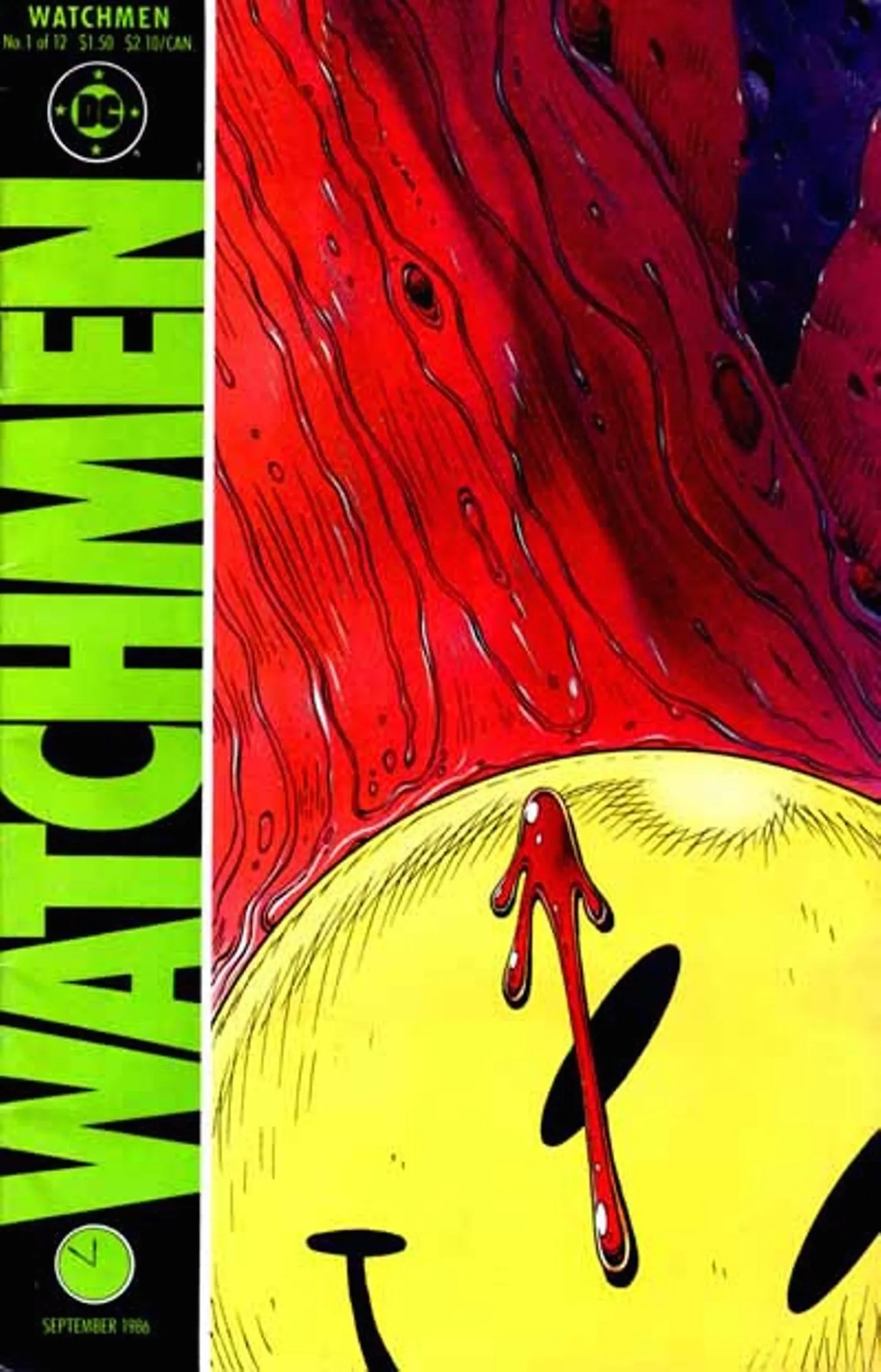
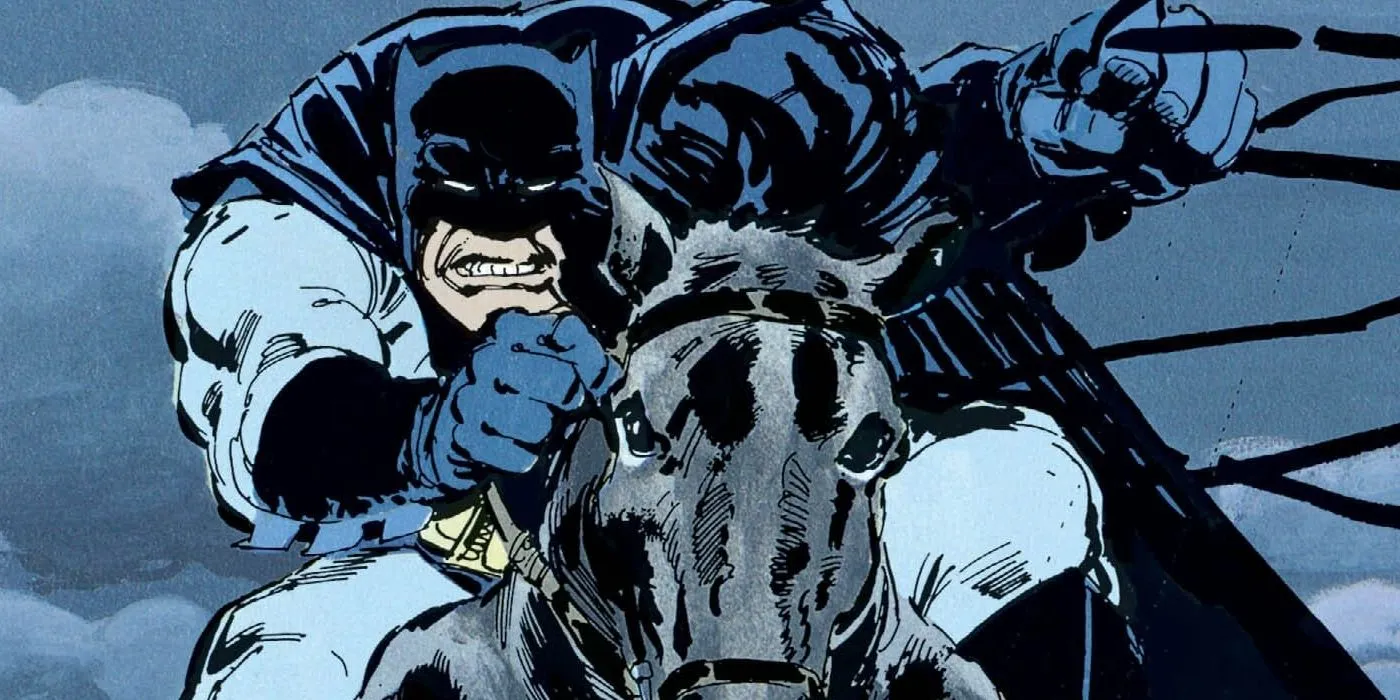
The landscape of comic books faced a remarkable transformation during the 1980s, characterized by a decline of traditional newsstands and the ascendance of specialty comic shops. This shift empowered publishers to take bolder strides in their storytelling. Several independent companies, like Eclipse and Dark Horse, emerged, further diversifying the marketplace and allowing creators previously restrained by the conventions of the Big Two to produce more sophisticated content. Titles such as FML, Helen of Wyndhorn, and Dawnrunner from Dark Horse in 2024 exemplify this ongoing evolution.
In this evolving landscape, DC Comics seized the opportunity to elevate its narrative approach, notably with the entrance of creative visionaries like Alan Moore and Frank Miller. Each artist and writer brought their unique insight, reshaping the public perception of comics forever.
1986: A Landmark Year for Comics
Redefining Heroism
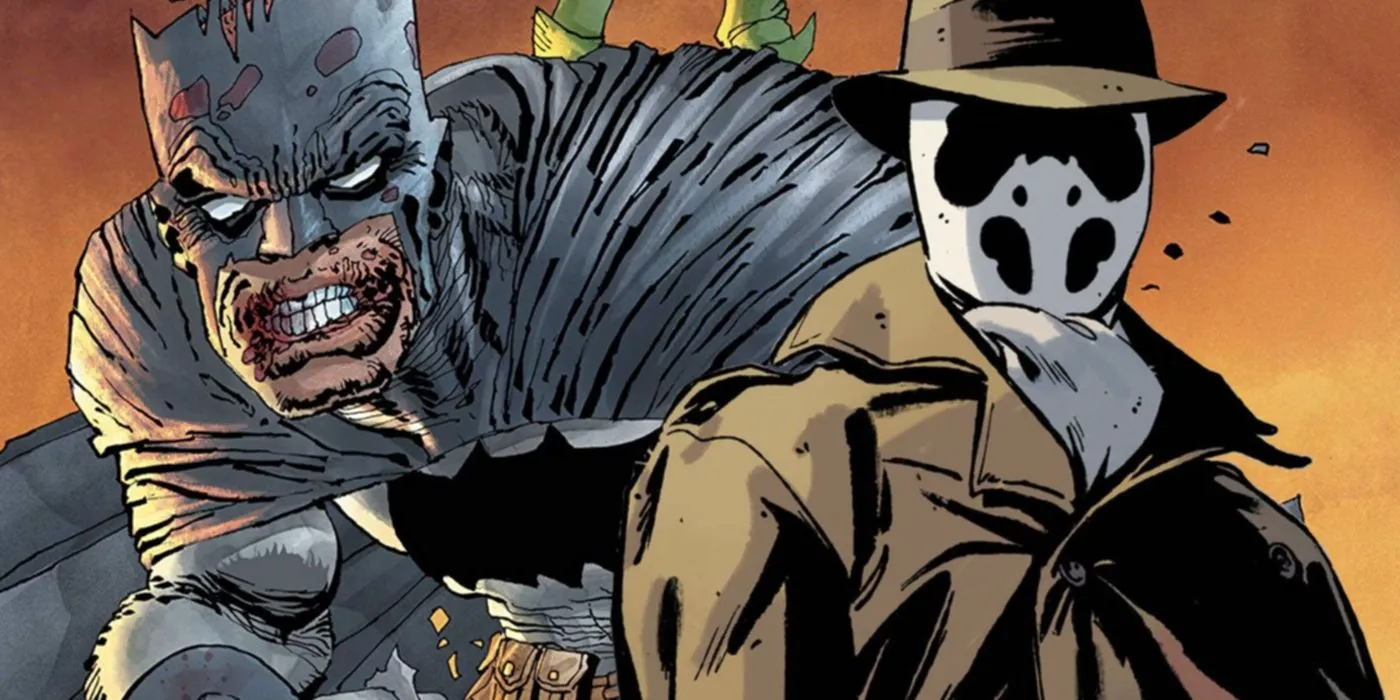
The year 1986 marked a seismic shift in comics, fueled by the publication of Watchmen and The Dark Knight Returns. These groundbreaking series catalyzed a new era for superhero storytelling, moving away from child-centric narratives to explore complex, adult themes. Moore and Gibbons’ Watchmen presented a deconstructed view of superheroes, infusing the genre with moral ambiguity and sophisticated themes that captivated audiences.
Simultaneously, Miller’s The Dark Knight Returns reinvented Batman, portraying him as a grizzled antihero confronting a dystopian reality. This portrayal not only reinvigorated interest in the character but also caught mainstream media attention, with major publications like Time and Rolling Stone lauding its impact. The darker themes explored in Miller’s work ushered in a wave of similarly themed content throughout the 1990s.
Amidst this evolution, Howard Chaykin’s influential American Flagg!, released in 1983, also contributed significantly to the industry’s maturation, laying the groundwork for the adult-oriented narratives that followed.
DC Comics: Embracing Adult Themes in the 1980s
Challenges and Acknowledgments
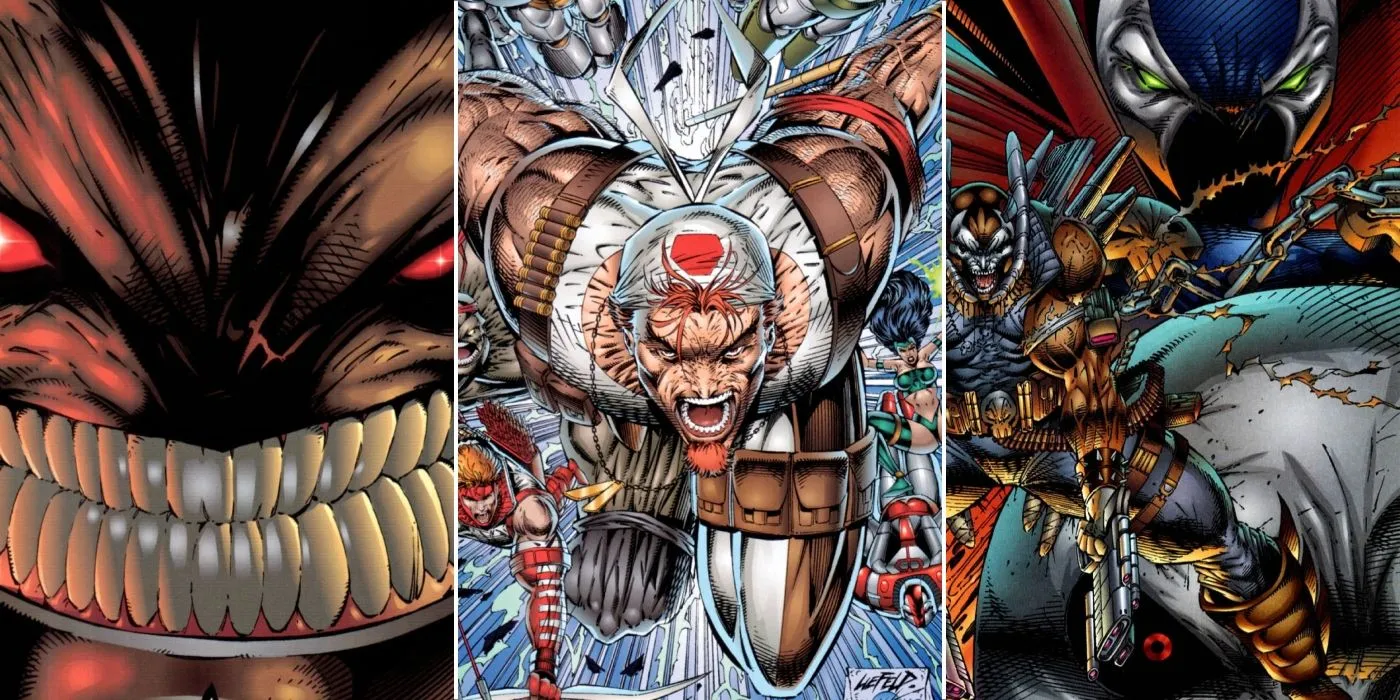
Despite the formidable advancements introduced by Watchmen and The Dark Knight Returns, not all subsequent works successfully captured their sophisticated essence. As Chaykin noted in his interview, the comic scene has shifted to reflect adult perspectives, but this evolution hasn’t necessarily mirrored the intended sophistication. He remarked:
“Marvel and DC both learned the wrong lessons from that and now these adolescent power fantasies are adult power fantasies. Murder, sex, and death are in vogue. And I’m sorry for that. We’ve lost something.”
Chaykin’s observation resonates in the context of the comic book industry’s trajectory, especially as the 1990s saw a significant departure from the youthful audience that had nurtured comics for decades. Despite these fluctuations, both Marvel and DC continue to stand as influential powerhouses in popular culture, demonstrating that their legacies of innovation and evolution are far from over.
Source: Comics Interview Special Edition (via Reddit)




Leave a Reply ▼